1. Don’t use champagne’s name in in vain
In the EU any sparkling wine that isn’t from France’s northerly Champagne region can’t use the word champagne to refer to its product, by law.
Trust us when we tell you champagne industry chiefs aren’t messing around when it comes to this; they even went as far as suing a Spanish fizzy drink for kids called Champín in 2016, a case they lost.
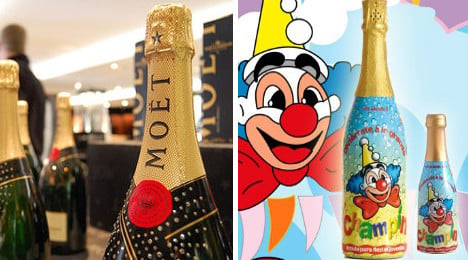
And no matter how big the opponent they always go all guns all blazing (in the legal sense that is), taking their ire out on Apple in 2015 for releasing the Iphone 5S in a “champagne” colour.
2. Bubbly is the work of wizardry
Last year awestruck scientists discovered that when popping a bottle of champagne that has been stored at 20 degrees Celsius (something one really ought never to do), it ejects a fleeting “mini-cloud” colder than ice, and blue as the sky.
Bizarre experimentation aside, champagne is made (in layman’s terms) when yeast and sugar is added to wine for a second fermentation, which creates the quintessential champagne bubbles.
3. Hands not strong enough? Pass me my sword!
“Sabrage” is the act of opening a champagne bottle with an actual sword.
According to tradition, this slightly risky methodology is only performed during special and ceremonial occasions, the sword wielder using the blunt side of the weapon to make the cork pop.
Napoleon is credited with initiating the ritual after post-battle victory celebrations.
4. It used to be the drink of kings in France…and of the devil
French kings were traditionally anointed in the Champagne city of Reims, and champagne the drink was served as part of coronation festivities.
Although their champagne had little to do what with the one we buy for New Year’s Eve, theirs would've rather been a cloudy, still red known as “grey wine.”
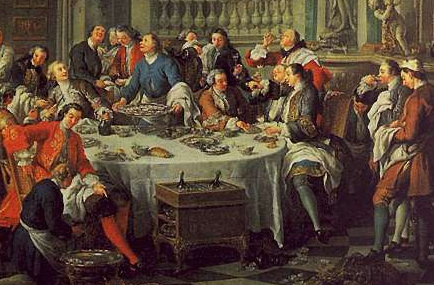
Photo: Wikicommons
Later on when champagne production did include the effervescence lots of the bottles couldn't handle the extra pressure of the bubbles, causing them to explode and set off a chain effect of shattering broken glass throughout the cellars.
Such was the fright that champagne makers got that they began to call itle vin du diable, “the devil’s wine” in English.
5. Marilyn Monroe loved the stuff
Legend has it that the iconic pinup took at least one decadent bath in champagne.
According to her biographer, it took 350 bottles of bubbly (not bubble bath) to fill up her tub.
Whether it’s true or not we’re not sure, but some cunning marketers are now selling “Marilyn Monroe Champagne Scented Bubble Bath” online.
If it were bottled in Europe, they’d be in trouble.
6. How many millions of bubbles in one glass of bubbly?
We know what you’re thinking, “how on earth (and why) did someone actually calculate that?”. Well it turns out this numerical conundrum has had wine bloggers and scientists at loggerheads for the past few years.
One apparent non-scientific estimate, which put the number of bubbles in one flute of champers at around 15 million, annoyed French Physics professor Gérard Liger-Belair (below).
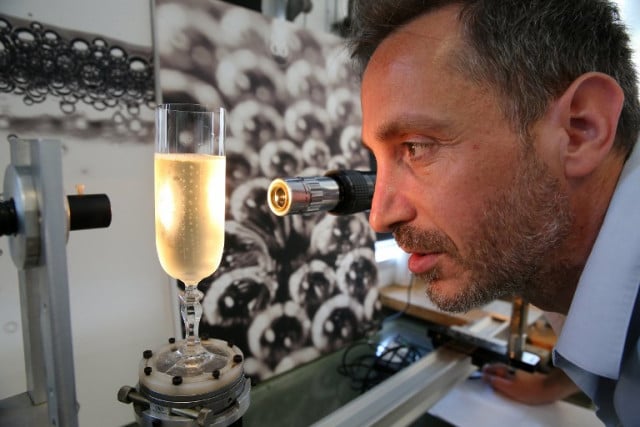
Photo: AFP
So much so that he got to work on a complex calculation in which he considered dissolved carbon dioxide levels, the changing size of the bubbles, the pressure of the bottle and ascending bubble dynamics.
“One million bubbles seems to be a reasonable approximation for the whole number of bubbles likely to form if you resist drinking champagne from your flute.” he told the Journal of Physical Chemistry B.
7. You can get champagne in dissolvable tablet form, according to Russian trolls
Who says effervescent champagne powder can’t be classy? That’s right, nobody.
So when news spread around the world that French Champagne brand Veuve Clicquot was releasing dissolvable champagne tablets under the banner “Shh…ampagne” (because of the noise it makes when dissolving in water) many bubbly drinkers shouted out “sacrilege!”.
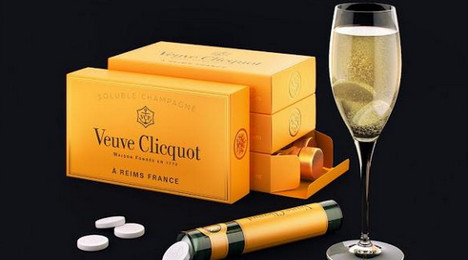
Fortunately for all, it turned out to be a simple hoax by a Russian ad agency called Firma.
8. Did Dom Perignon really invent champagne?
The general consensus these days is that, contrary to popular belief, the French benedictine monk didn’t invent the sparkling champagne we all know.
The effervescent version became the dominant style of champagne production way after Dom Perignon’s death in 1715, the fizz taking over roughly around the mid 19th century.
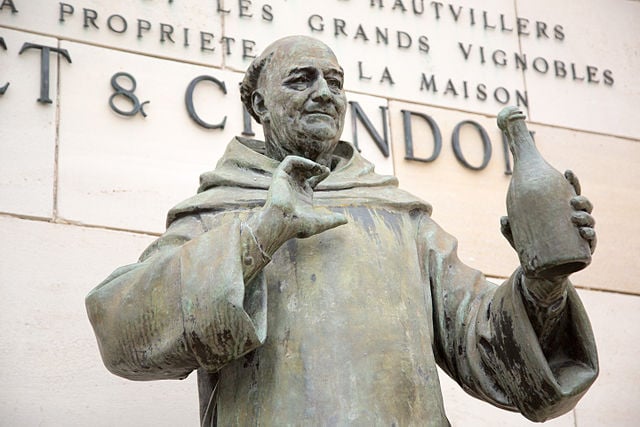
And even though there is proof that sparkling wine was being made during the celebrated monk’s life, there are records of the bubbly “méthode champenoise” dated 6 years before Dom Perignon arrived at the monastery where sparkling wine was produced.
Regardless of that he certainly was a champagne pioneer who made significant improvements in terms of the quality and bottling, still applicable to modern-day champagne production.
9. Fast and the furious
What’s the exact speed of a cork when it pops out of a champagne bottle? Unfortunately there’s no exact answer as it varies depending on the cork size, storage temperature, the built up pressure, even the angle at which the bottle is pointed.
Different tests have recorded speeds of between 40 and 60 kilometres an hour, certainly enough to cause some harm so please watch out.
Champagne bottles carry immense pressure, about 90 pounds per square inch (three times that of the average car tyre), so if they fly out and hit you, expect a bruise at best and in the worst cases loss of sight in the affected eye.
10. Party trick to wrap things up
Drop a raisin into champagne and it apparently travels up and down the bottle continuously.
Unfortunately, you’ve caught us in the office so we’ll have to wait until the next big celebratory champers drink to give it a go and see if it works. Until then, santé!

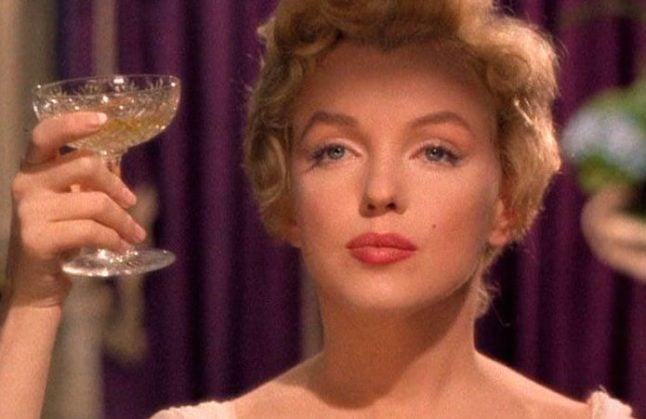
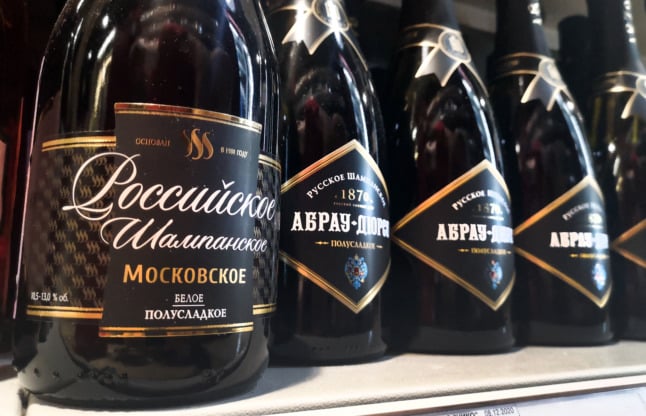
 Please whitelist us to continue reading.
Please whitelist us to continue reading.
Member comments